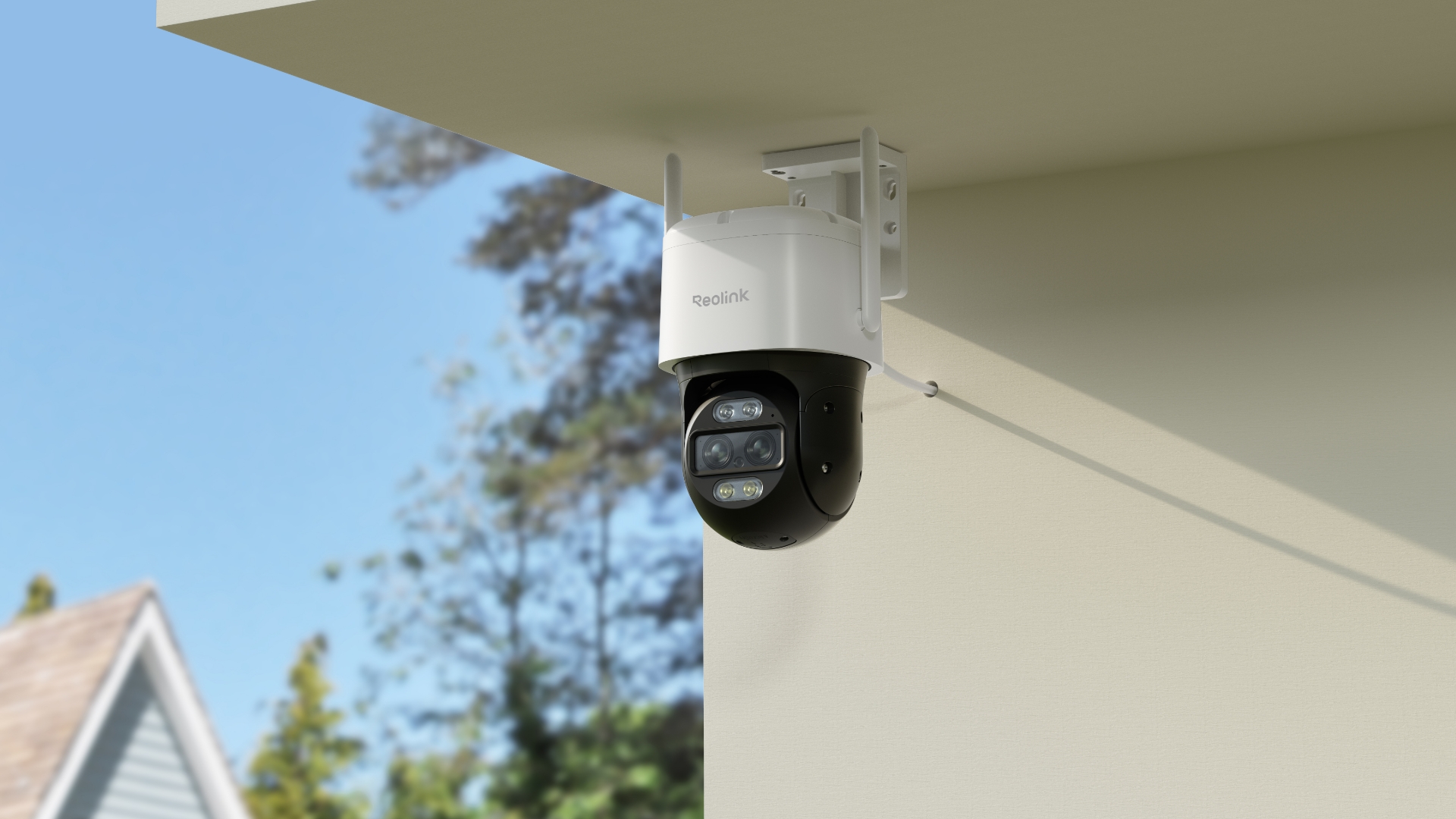9 tips to make your food last longer and save money
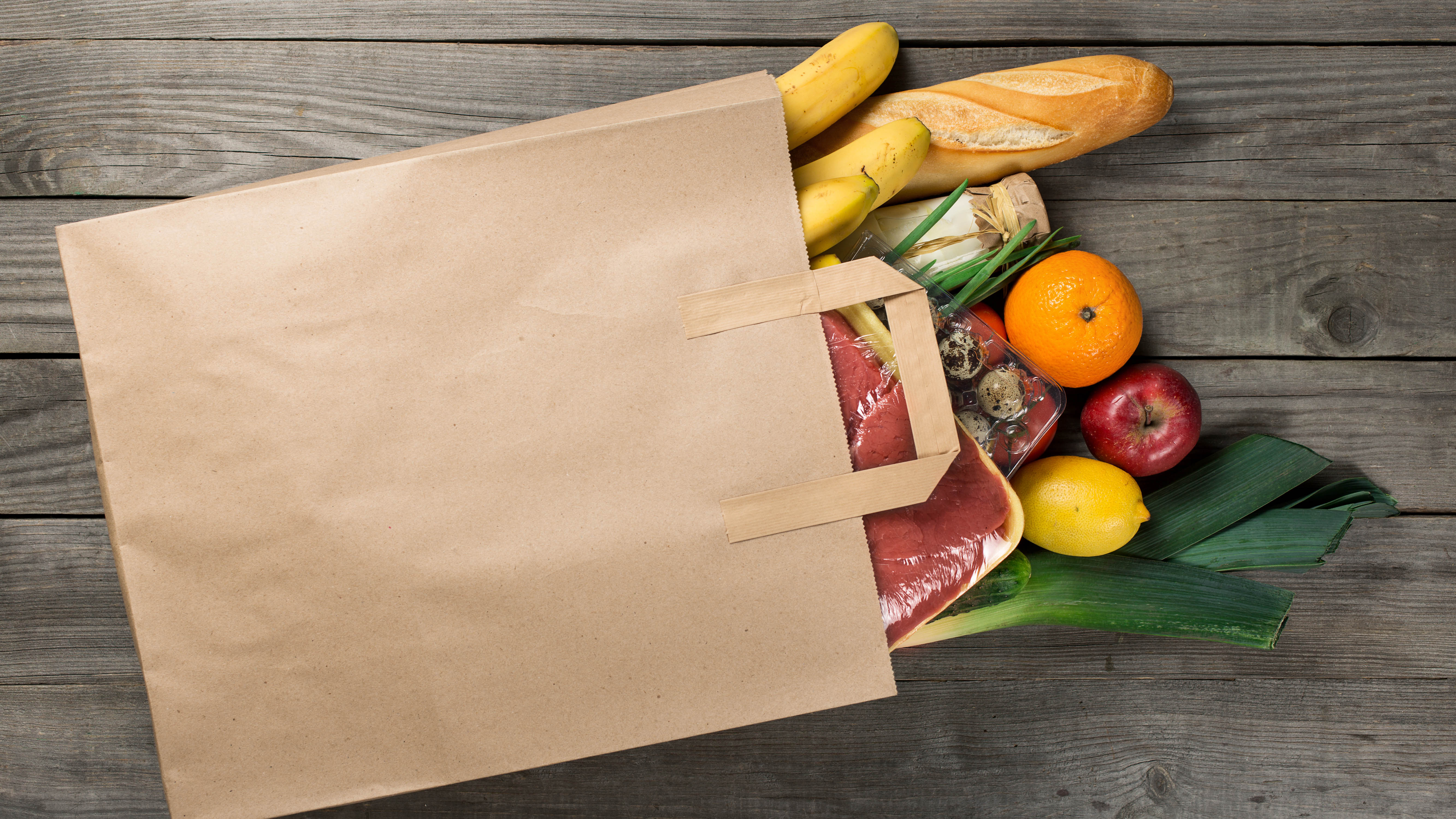
We've all had that sinking feeling when we rummage through the fridge, only to find our food has gone bad. Plus, it’s even worse when you’ve only just bought fresh produce a few days ago. And with the rising costs of grocery bills, having to throw out food can leave a dent in pockets.
The good news is, there are some clever ways to prolong the lifespan of your food and save you a bit of cash. Here are some top tips to make your food last longer. While you're unpacking your groceries, these are 5 tips to organize your fridge and make food last longer.
1. Don't wash fresh produce before storing
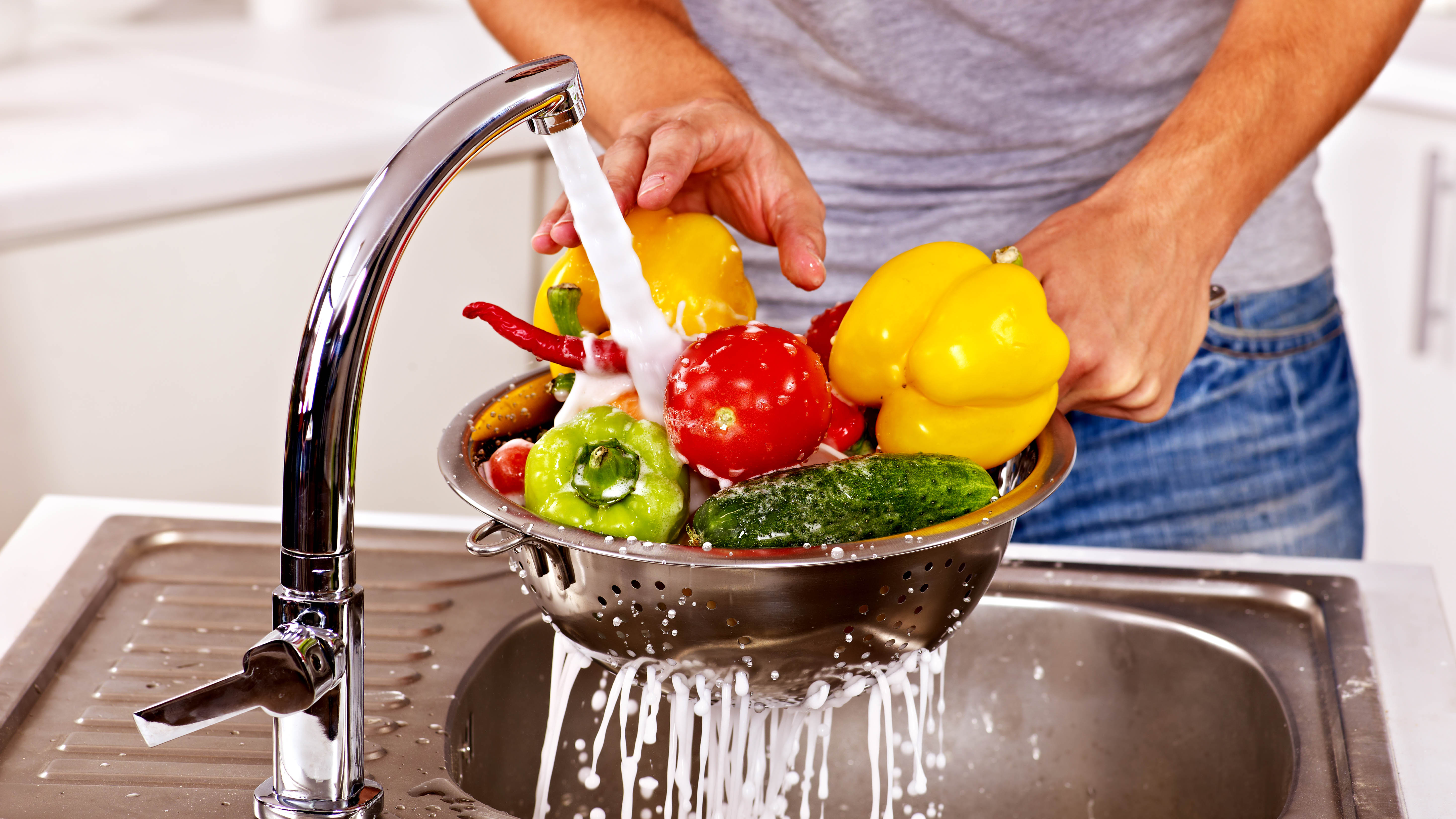
It may save on time, but don’t wash fresh fruits and vegetables before putting in the fridge. Experts suggest washing can actually reduce their lifespan by adding moisture to the produce. This moisture will speed up its decaying process, so it’s best to only wash produce until you're ready to eat it.
2. Freeze meats on day of purchase
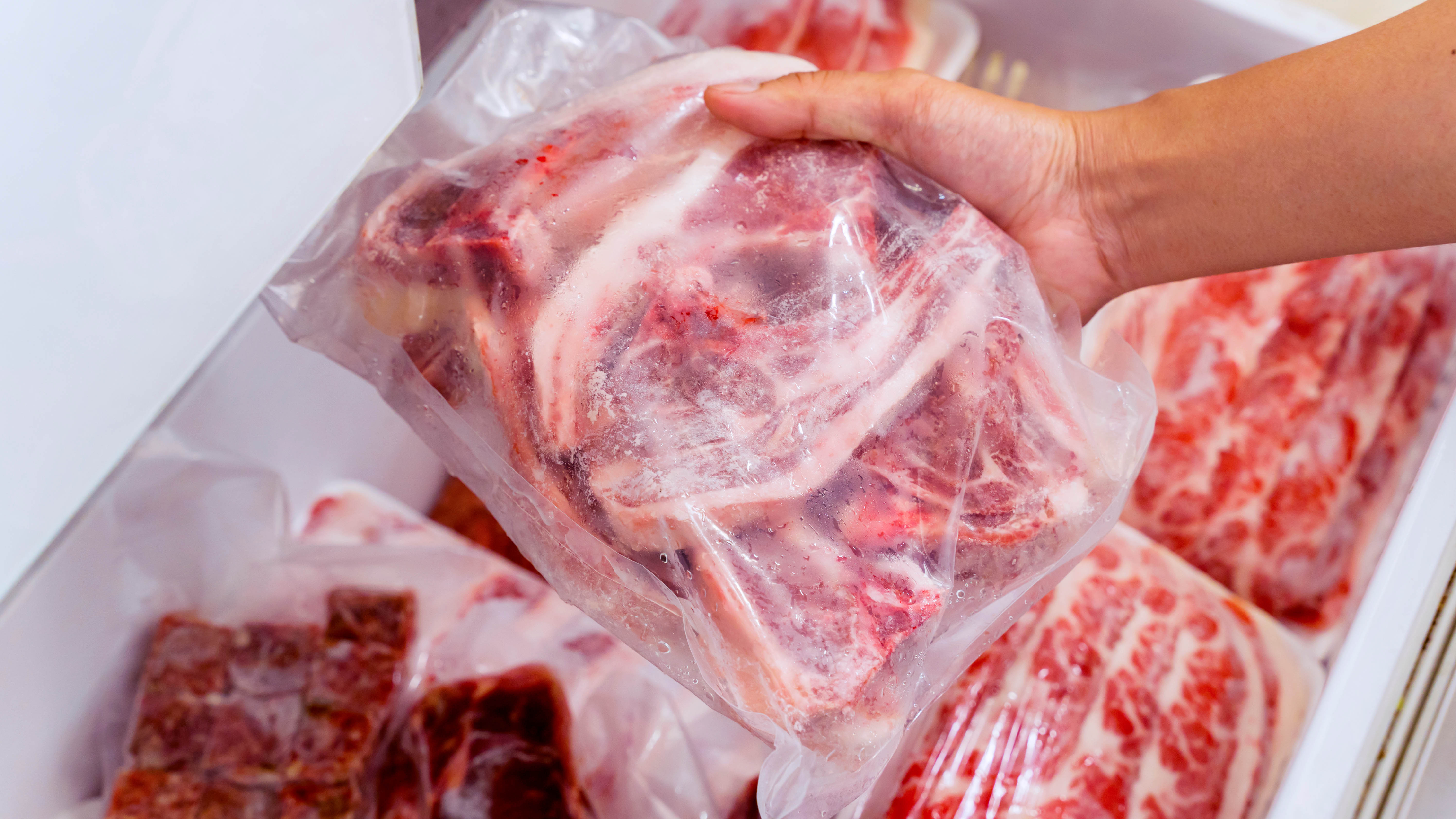
If you don't plan on cooking your store-bought meats within a few days of buying, freeze them. These will only end up going bad quickly, especially if forgotten about in the back of your fridge. According to the United States Department of Agriculture (USDA), you can store uncooked poultry pieces for nine months in the freezer and uncooked meat from two months to a year, depending on the cut.
Freezing meat will not not only prolong its lifespan, but free up valuable space in your fridge. Also, if you don’t have a frost-free freezer, it’s worth knowing how to defrost a freezer to keep it in top shape.
3. Use resealable bags or food containers
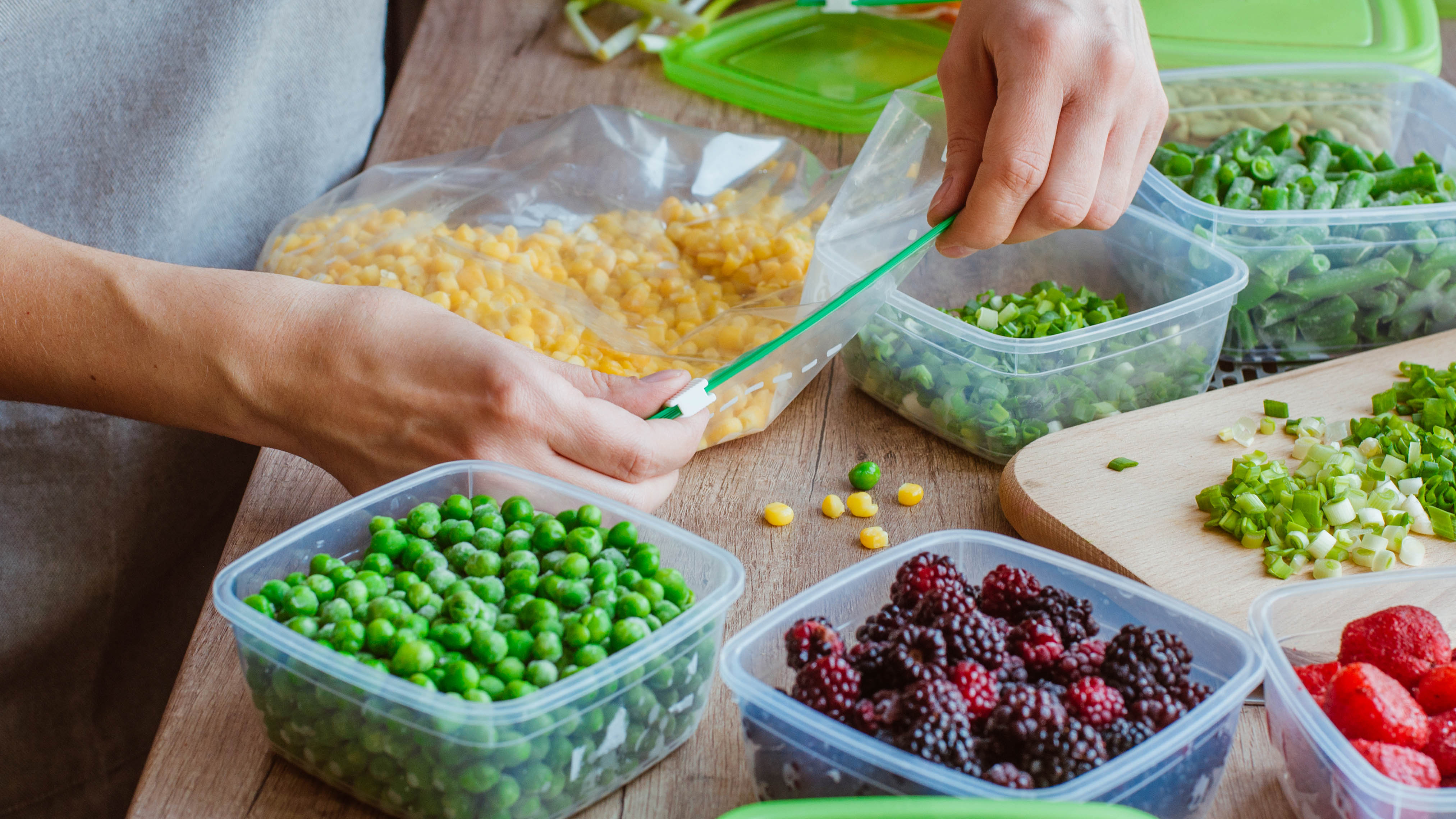
Once opened, always store food in resealable, plastic bags or air-tight containers. This prevents any air or moisture from contaminating food or causing rapid decay. In fact, most fresh vegetables — like carrots, potatoes, broccoli, cabbage and celery —should be stored in a resealable plastic bag or container in your fridge crisper. This also applies to storing leftovers in containers so they won’t spoil quickly.
4. Only chop fruit and vegetables for instant use
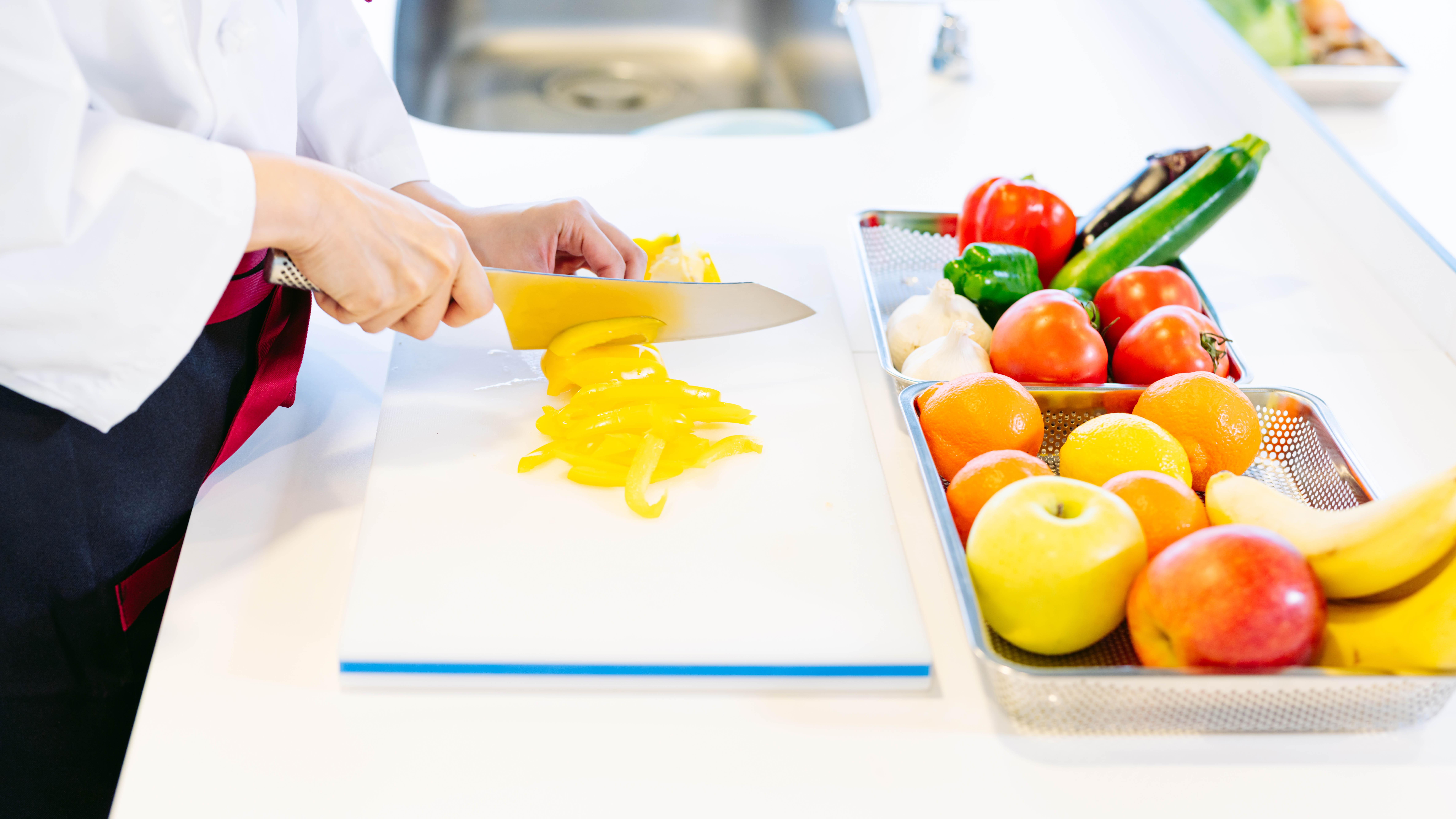
If you prep fresh ingredients in advance, avoid chopping fruit and vegetables until you’re ready to use them. Once you chop fresh produce and leave it, this will expose them to air, causing them to rot faster. Another tip is to squeeze a lemon over your other fruits. The acid from citrus fruits can help preserve other fruit slices.
Get instant access to breaking news, the hottest reviews, great deals and helpful tips.
5. Use the middle and bottom shelves of your fridge
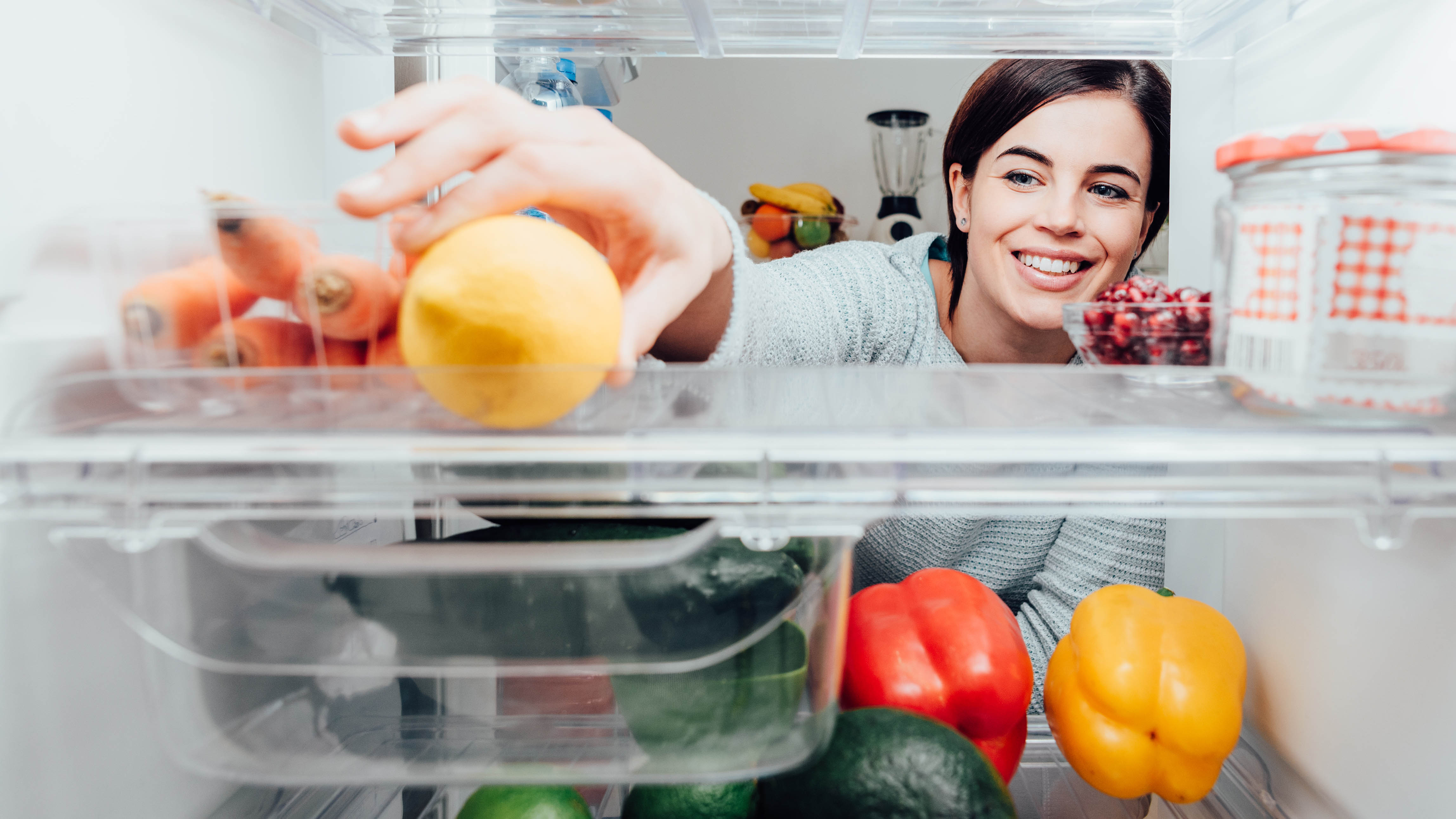
Typically, the middle and bottom shelves near the back are the coolest parts of the fridge. Experts advise keeping highly perishable items such as meat and dairy towards the back of these shelves. In addition, ensure your temperature is 40 degrees or below. If any warmer, this can risk harmful bacteria growing on food.
6. Store bread in a bread box
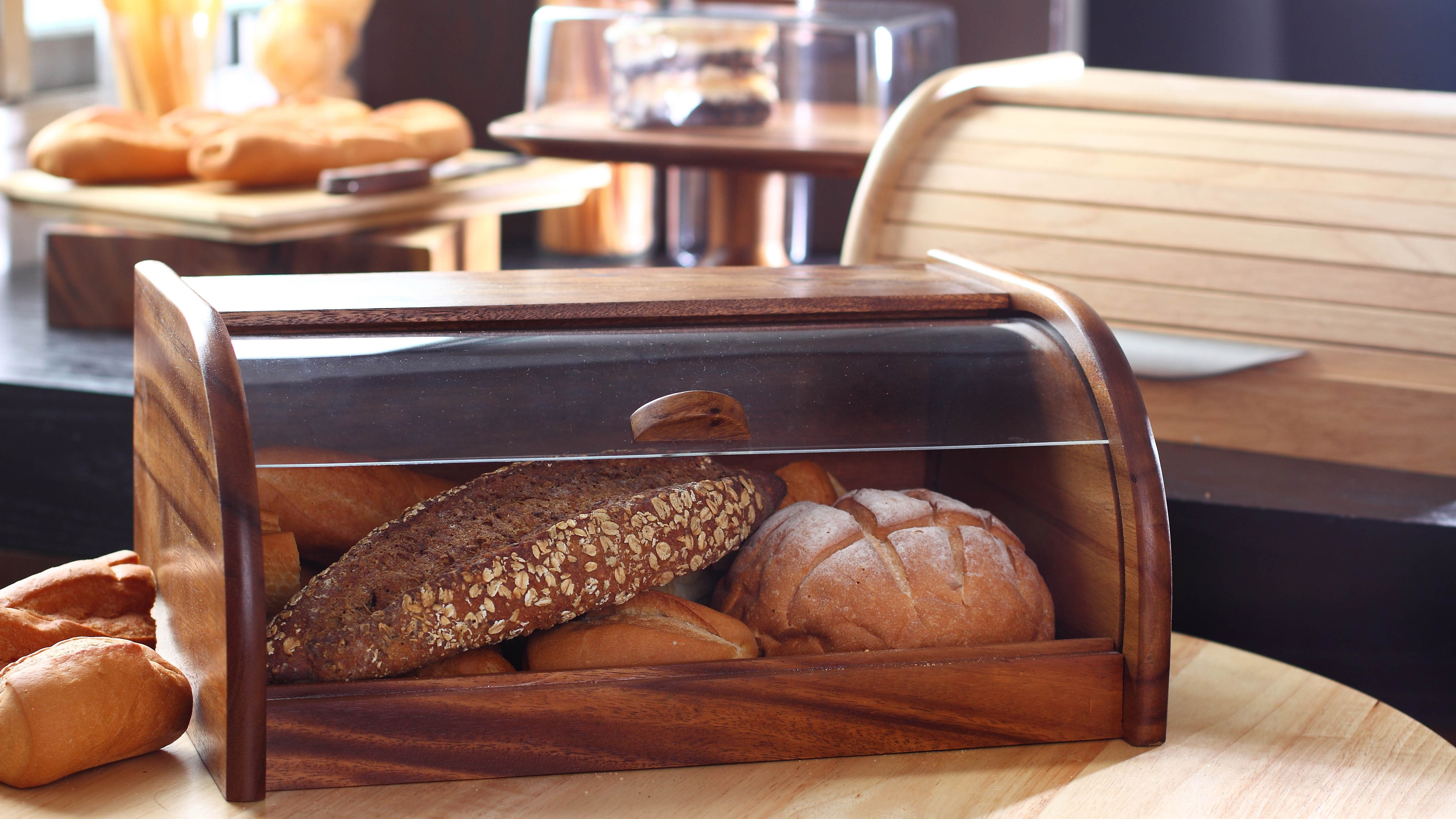
It's so disappointing when our tasty bread goes moldy, so always store in a bread box or airtight container to keep it fresh for longer. Bread boxes like this Brakefly Bread Box with Cutting Board Bamboo Lid ($40, Amazon) are designed with tiny holes that allow a little air to circulate, and prevent mold. Alternatively, experts advise wrapping bread in a paper bag, as plastic bags actually encourage mold growth because of humidity. In any case, a fresh loaf should be eaten between two and three days.
7. Don’t overfill your fridge
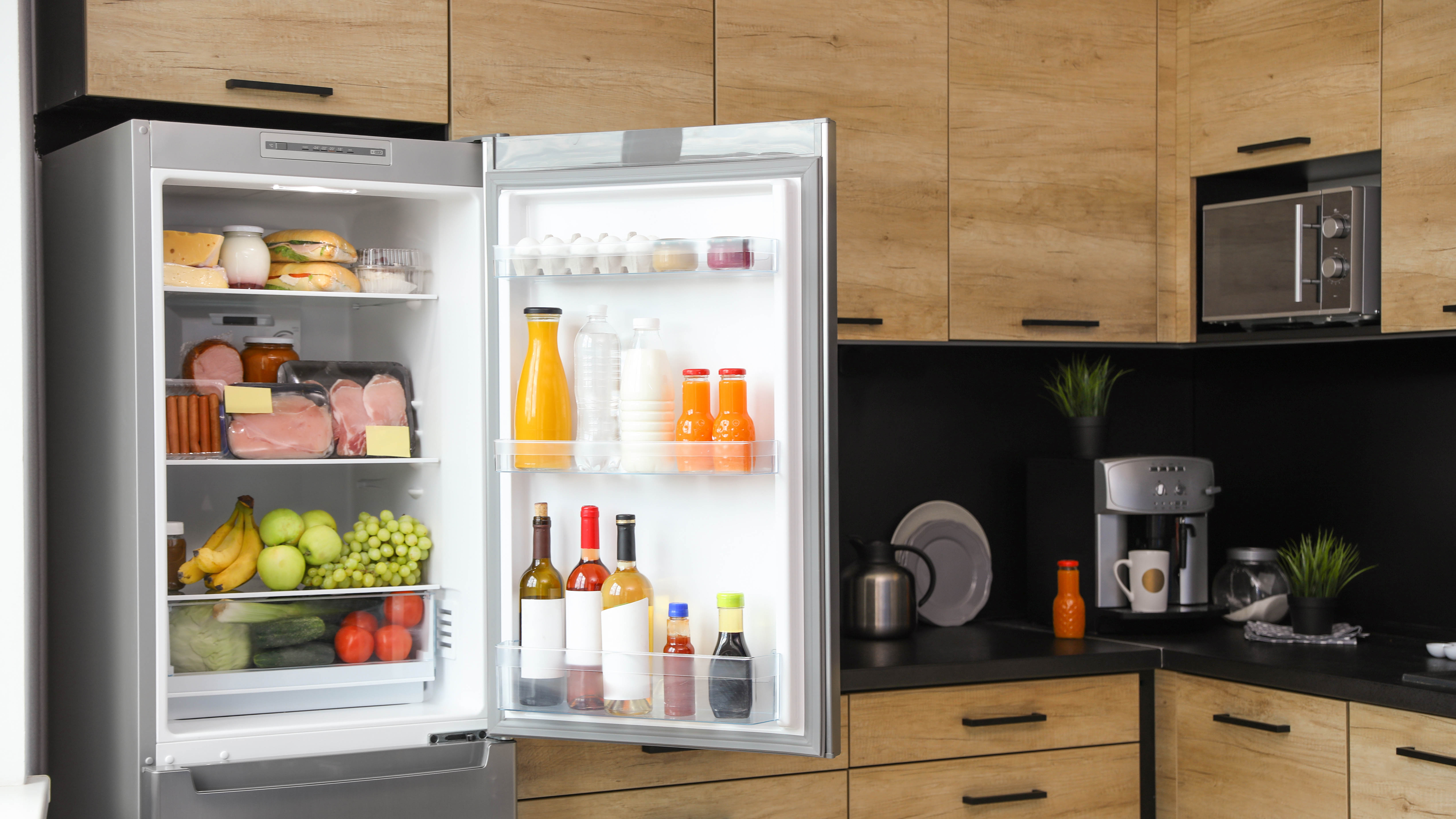
While it can feel satisfying when you have a full fridge, don’t overfill it. Cramming your fridge can slow down the cold air circulation and create warm pockets. This will make it work even harder to keep things at a consistent temperature, which can lead to food spoilage. In addition, make sure you clean your fridge regularly to get rid of bacteria or spores. Or if you fancy an upgrade, check out the best refrigerators right now.
8. Keep herbs hydrated

Herbs make a nice, finishing touch to our foods, but shop-bought herbs tend to spoil quickly. Experts suggest cutting off the stems of herbs — like parsley, cilantro, and basil — and ensure the leaves are dry before dropping them in a small cup of water. If you place a loose plastic bag over the top of the herbs, this will keep them fresh for up to two weeks. Alternatively, oilier herbs, such as thyme, rosemary, and sage, should be tied together and hung in order to get air. Better still, if you want a fresh supply of herbs, you can always learn how to grow your own and save money.
9. Batch cook meals
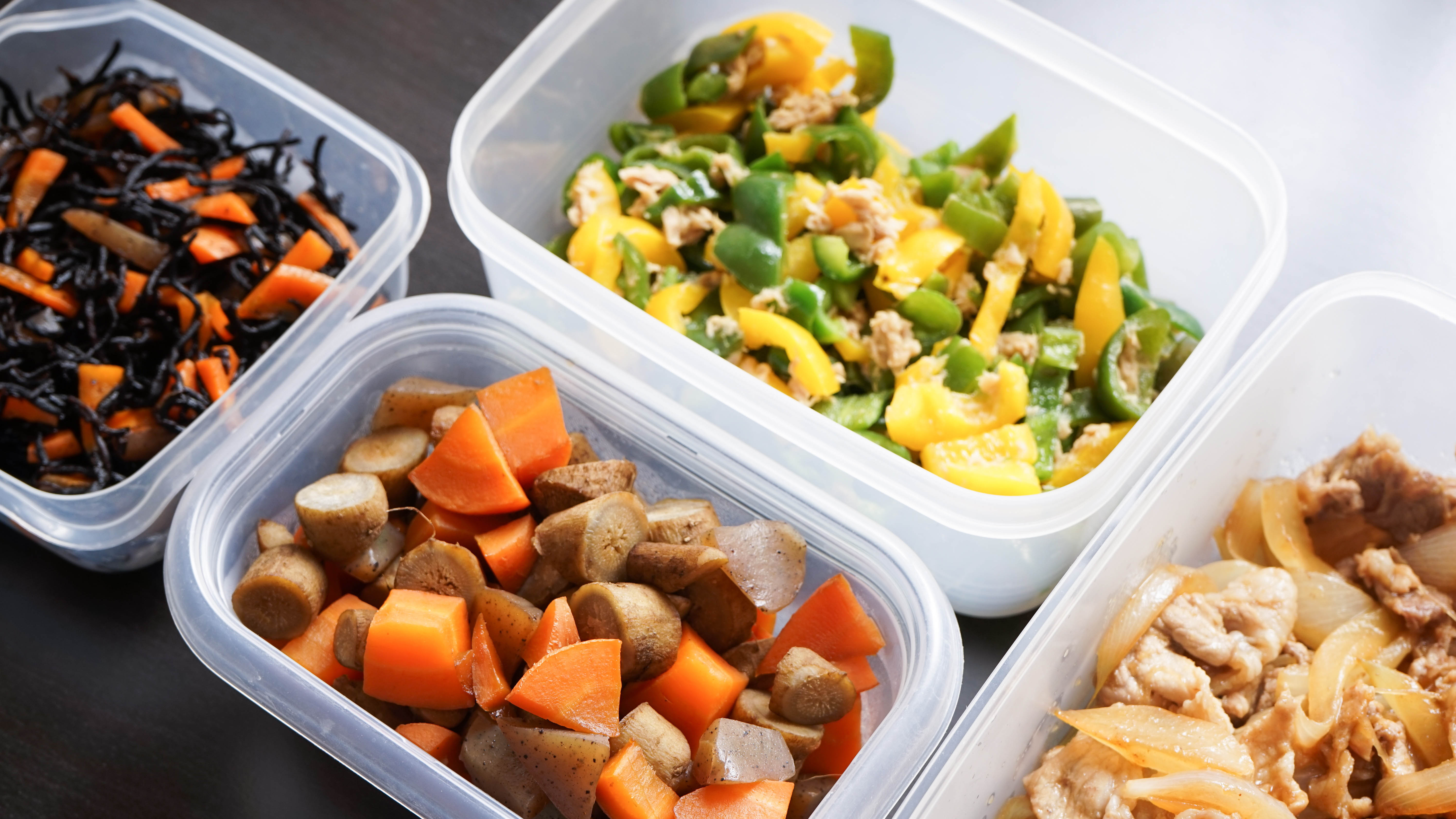
If you don't want food to spoil quickly, why not cook everything at one time? By cooking larger quantities, you can store the excess in the freezer, which will make food last longer. In addition, batch cooking helps with meal planning and reduces food waste. It also means you don't have to cook every day. Win-win!
If you want more money-saving tips check out, tips to save on energy bills and 15 water saving tips, to reduce your usage. Also, learn how to make your own DIY household cleaner and save money while these are 5 ways your smart home can save you money.

As the Homes Content Editor, Cynthia Lawrence covers all things homes, interior decorating, and garden-related. She has a wealth of editorial experience testing the latest, ‘must-have’ home appliances, writing buying guides and the handy ‘how to’ features.
Her work has been published in various titles including, T3, Top Ten Reviews, Ideal Home, Real Homes, Livingetc. and House Beautiful, amongst many.
With a rather unhealthy obsession for all things homes and interiors, she also has an interior design blog for style inspiration and savvy storage solutions (get rid of that clutter!). When she’s not testing cool products, she’ll be searching online for more decor ideas to spruce up her family home or looking for a great bargain!
